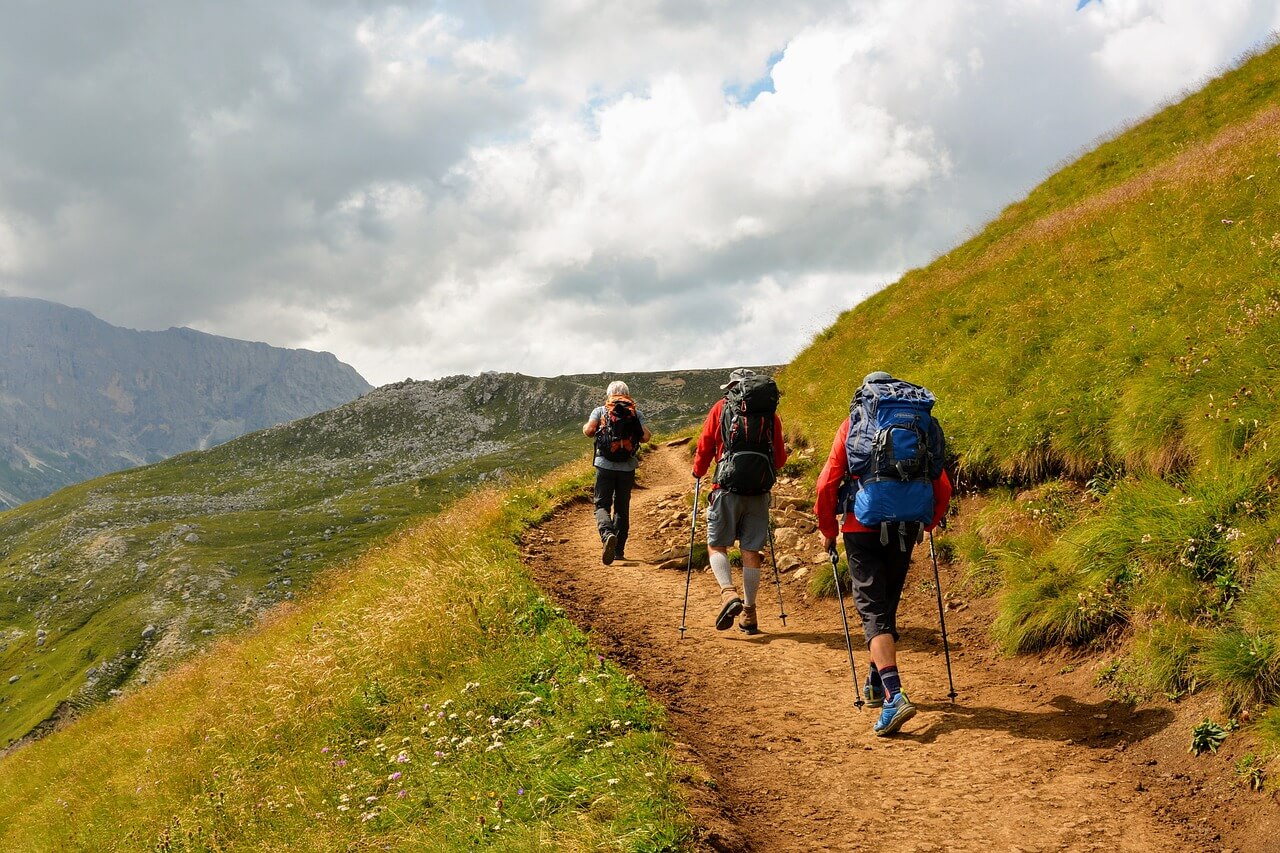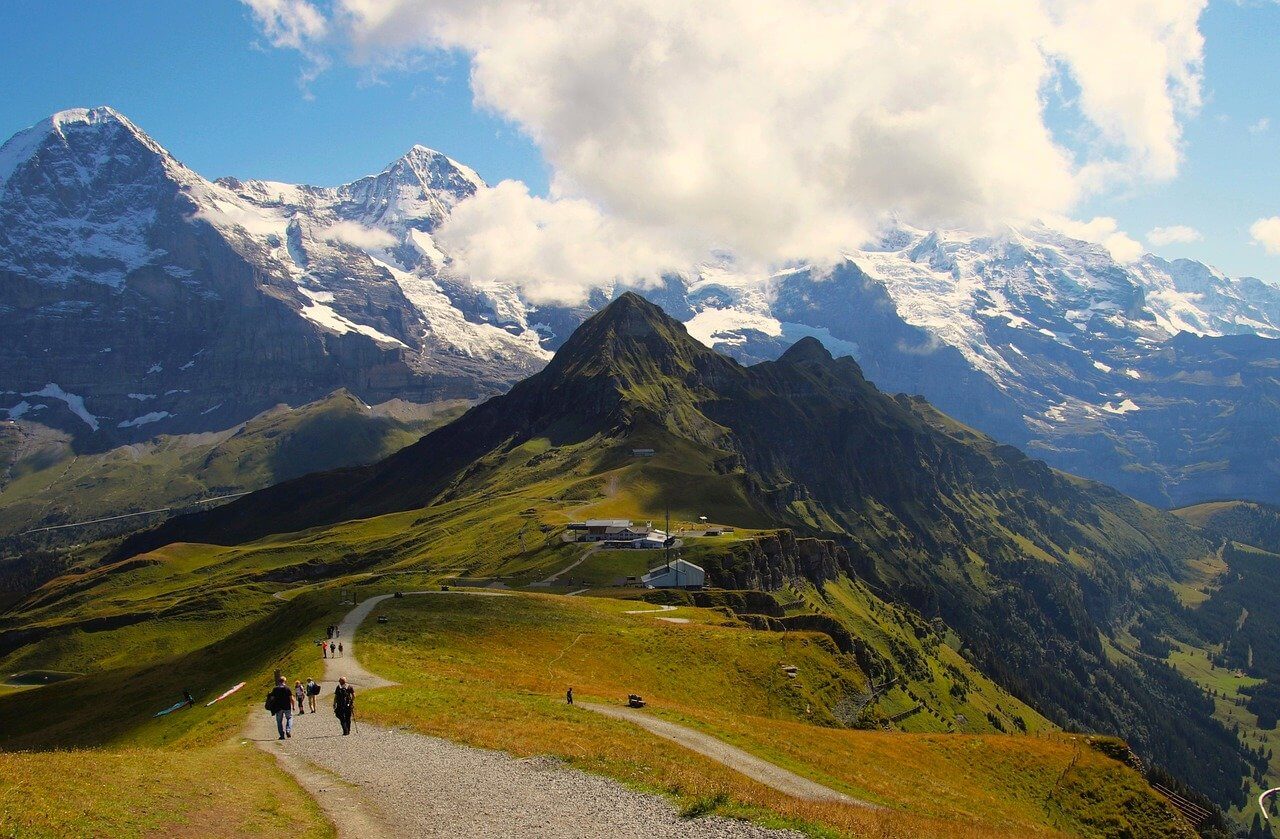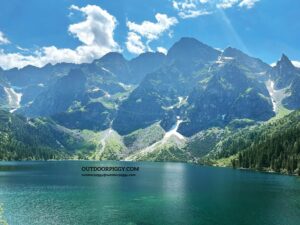
Guide for trekking
Tips for preparing for your first trek in 2024
Table of Contents
Tips needed on preparing for your first trek
If you are excited about preparing for your first trek, you probably already feel like a professional trekker at heart. However, realistically, trekking can be quite challenging without basic physical strength. You may experience muscle pain in your legs, blisters on your feet, and even pain in your arms and shoulders. Nonetheless, enduring all this trek is about feeling and enjoying unspoiled nature and scenery with your whole body.
Trekking is an activity that allows you to experience nature and improve your physical and mental health. That’s why it’s important to plan carefully when you first start, from managing your physical strength to preparing the necessary equipment.
Here are some tips to help you prepare for your first trek.
1. Physical fitness management :
When preparing for your first trek, it is important to exercise regularly to build the stamina needed. I recommend walking often whenever you have time.
Manage your physical strength by walking or jogging 3-5 times a week. If you don’t have time, one way is to incorporate walking into your daily life. It is also a good idea to use the stairs instead of the elevator or to walk a certain distance from work to home.
If there are hills or uphill slopes nearby, it’s a good idea to walk there. You can practice going uphill and downhill. Also, if you are planning a long-distance trekking, strength training is essential.2. Prepare the equipment that suits you :
– Hiking shoes: When preparing for your first trek, remember that the body part that plays the most important role is the feet. That’s why it’s crucial to choose comfortable shoes. Most new trekkers complain that their feet hurt when walking. To prevent this, it is important to familiarize yourself with your shoes before heading out on your trek. You should put on your trekking shoes in advance and go for a short walk or short trek.
– Socks: Most people don’t know the importance of socks, but they play a really important role when trekking. Good socks should maintain ventilation and not cause discomfort when walking. Materials that absorb sweat well and dry easily are good. Walking in wet socks for a long time can cause blisters or freeze your feet in the winter, so it is recommended to wear functional socks made of Coolmax or merino wool.
– Backpack: In trekking, backpack plays an important role in carrying extra clothes, all equipment, food, and water. Whether it’s a one-day trek or a multi-day long journey, you need to choose a backpack that is appropriately sized and comfortable.
– Clothing: When preparing for your first trek, it’s essential to choose clothing according to the weather, season, trekking route, and duration of your trip. Since trekking involves a lot of sweating, opt for clothes made from materials that absorb and release sweat effectively. Additionally, you should prepare outerwear that is waterproof, breathable, and windproof. Also, a style that is easy to put on and take off while trekking is beneficial, and it is advisable to wear several layers depending on the climate.
– Trekking poles: Trekking poles are equipment that serves to relieve the load on the knees and thighs. Some report using poles when trekking can alleviate damage to body muscle strength, so they can be said to be one of the essential pieces of equipment when walking. In addition, using a pole allows you to exercise not only the lower body but also the upper body, which helps with body balance, so it is one of the pieces of equipment that you must prepare.
– Basic equipment: When preparing for your first trek, other equipment that is good to have includes a compass or GPS, a headlamp (including extra batteries), sunglasses, sunscreen, a hat, and gloves. In winter, adding a neck warmer is also advisable. Additionally, depending on your needs, you can prepare a first aid kit, whistle, and emergency food.

3. Plenty of water and food
– You sweat a lot while trekking, so it is important to drink enough water. Water intake may vary depending on the weather, so you should check the weather in advance and prepare enough water. Also, keep in mind that if you prepare an electrolyte drink along with water, you can quickly replenish the energy you need while trekking.
It is also important to eat small but frequent meals while trekking. We recommend energy gummies, energy bars, or carbohydrate-based foods that can be eaten quickly while walking.
4. Choose a trail
Once you have all your equipment ready, you need to decide where to go. You must choose the trail that is right for you, taking into account difficulty, length, distance, etc.
It is important to know your physical strength and health condition to choose the time, difficulty level, and distance. Depending on each individual’s level, you can choose from a short distance of half a day or a day to a short but high altitude route or a long distance trekking that takes several days or more.
The difficulty of the trail varies depending on altitude, terrain, and distance. The higher the altitude, the higher the difficulty, and the more uneven the terrain, the more difficult it is. Additionally, it is essential to have appropriate equipment when climbing a snow-covered mountain, so you should consider this when choosing a trail that suits you.
5. Familiarize yourself with safety information
It is essential to check the weather at your destination in advance and familiarize yourself with trail information in advance. If you are going trekking to a place with a relatively high degree of difficulty, it is important to inform your family and friends of your destination in advance, and if possible, it is better to go with a companion rather than alone. Additionally, learning basic first aid and outdoor survival skills is necessary for safe trekking.
**When you first start trekking, it is important to prepare carefully, recognize your limitations, and put safety first. Through systematic preparation and planning, you will be able to experience nature while enjoying trekking.



